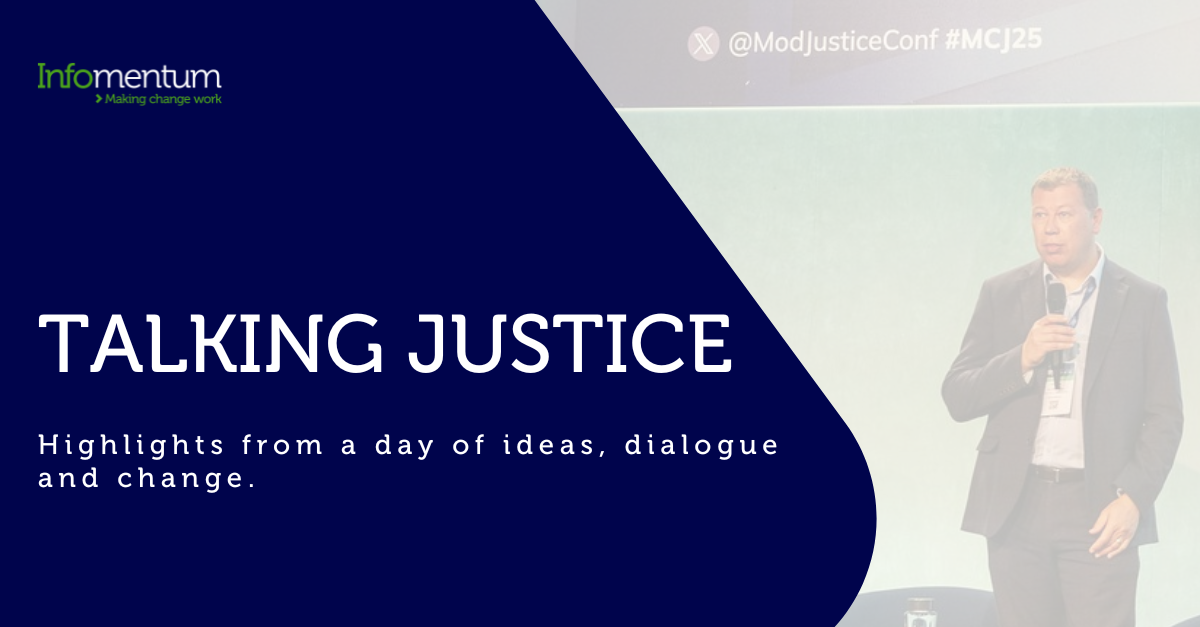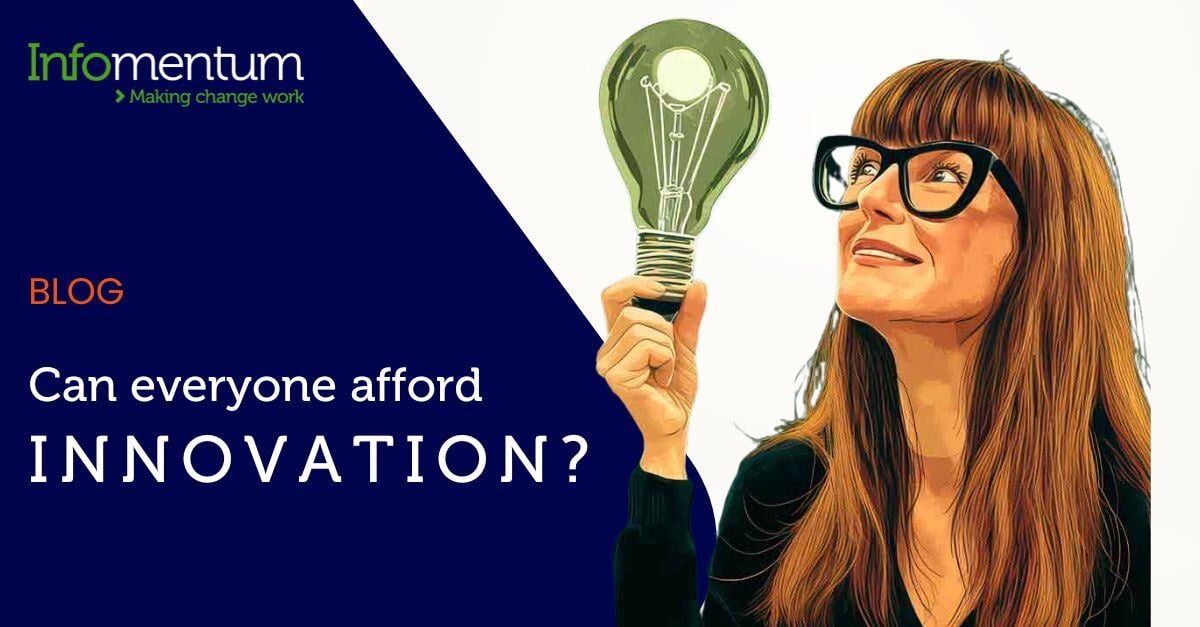Until now, your business will have invested in technology solutions to streamline processes and save money. Some of this investment may also have been in improving the customer experience. From ERP to document management, marketing automation to clients and internal portals, so many aspects of a business are now automated.
How joined up are these technologies? Are they meeting the modern users' expectations? Are they in line with your digital strategy?
Web services, web 2.0 and the cloud changed everything. They opened the door to digital disruption. Combine the advances in technology with changes in people behaviour and their attitudes towards digital, and your business could quickly become out of date if you don’t respond fast enough.
The first step to tackling the challenge of digital disruption is to build a digital strategy to meet your overall business long term goals. Your marketing department may already claim to have one. If this is a digital marketing strategy then we’re talking cross purposes.
A digital strategy is all-encompassing. It is a strategy to change the way you do business. It incorporates people, processes, information, technology and your customers across the entire business.
Here are six things to consider when building a digital strategy:
1. Business vision
Understanding your business direction and how you intend to retain or grow your competitive advantage over the next 3-5 years is fundamental to sustainability. How are you responding to changing employee behaviour to keep and attract great talent? Where will your revenue growth come from?
2. Impact on people
The success of migrating to a ‘digital business’ is driven by your people. For businesses with a young workforce, they expect a digital way of working and are more likely to help and support a transformation project. For organisations employing less tech-savvy people that may not see the benefit, and only see that they have to change the way they do their job, maybe less supportive.
3. Customer expectations
Understanding your customer buying behaviour and how they want to interact with you is crucial to getting your digital experiences right. Increasing numbers of consumers now expect to be able to correspond with you online. Of course, if you’re a B2B organisation, your customers are still consumers, and expect the same level of digital capability, if not more.
4. Access to information
The rise of digital resulted in information and data being stored all over the place in a variety of formats. Becoming a digital business means you should be making this content easily accessible in order to streamline processes and make it easier for your employees to access that information so that they can do their job more effectively. It will save a shed load of time too.
5. Integration of processes
The era of silo departments, operating silo databases and running silo processes is over. That went out with the dark ages. Mapping your processes to a customer or employee journey should be second nature. This should mean that your processes are far more integrated into your business, exploiting the information stored in various pockets to deliver a more streamlined experience.
6. Technology roadmap
The technology is here. Yes, it keeps changing, but the digital business is possible now. The trick is to make sure that you plan for the future, expect the unexpected and be prepared to be agile. Having a clear technology roadmap will give you a base point in which to stay focused, whilst enabling disruption to be embraced.
We have consultants ready to work with you to define your digital strategy. Get in touch if you want to talk about it.







